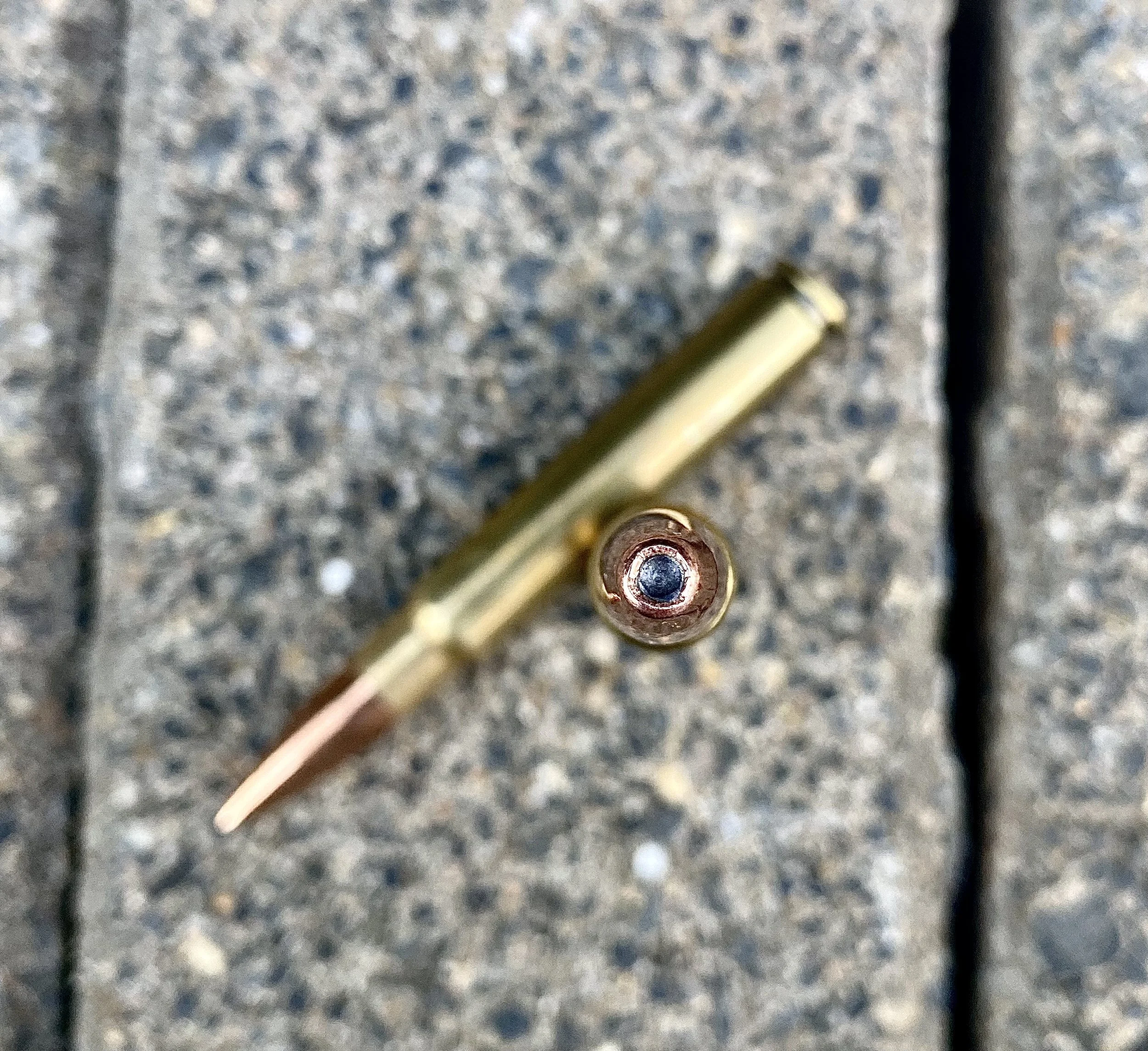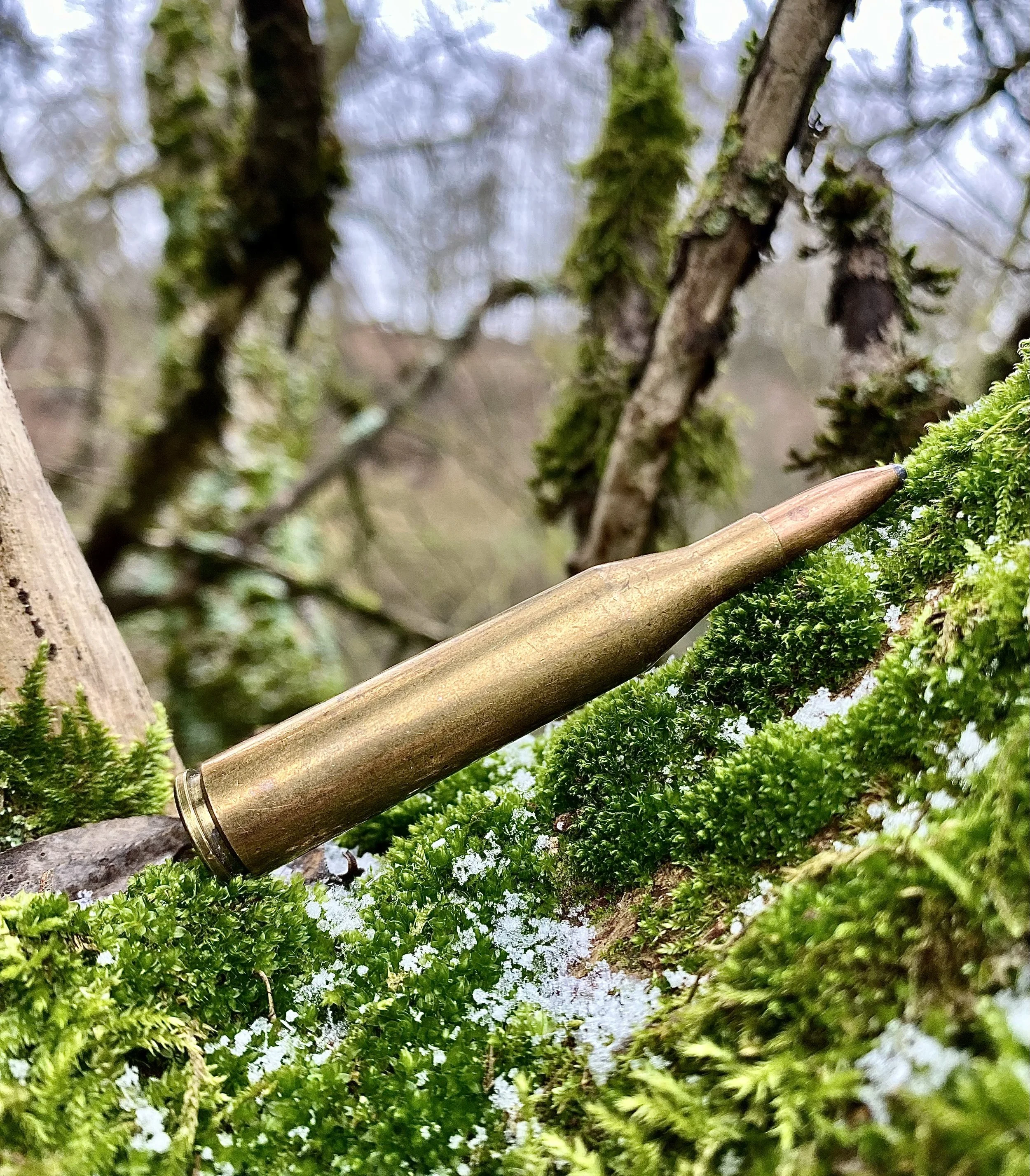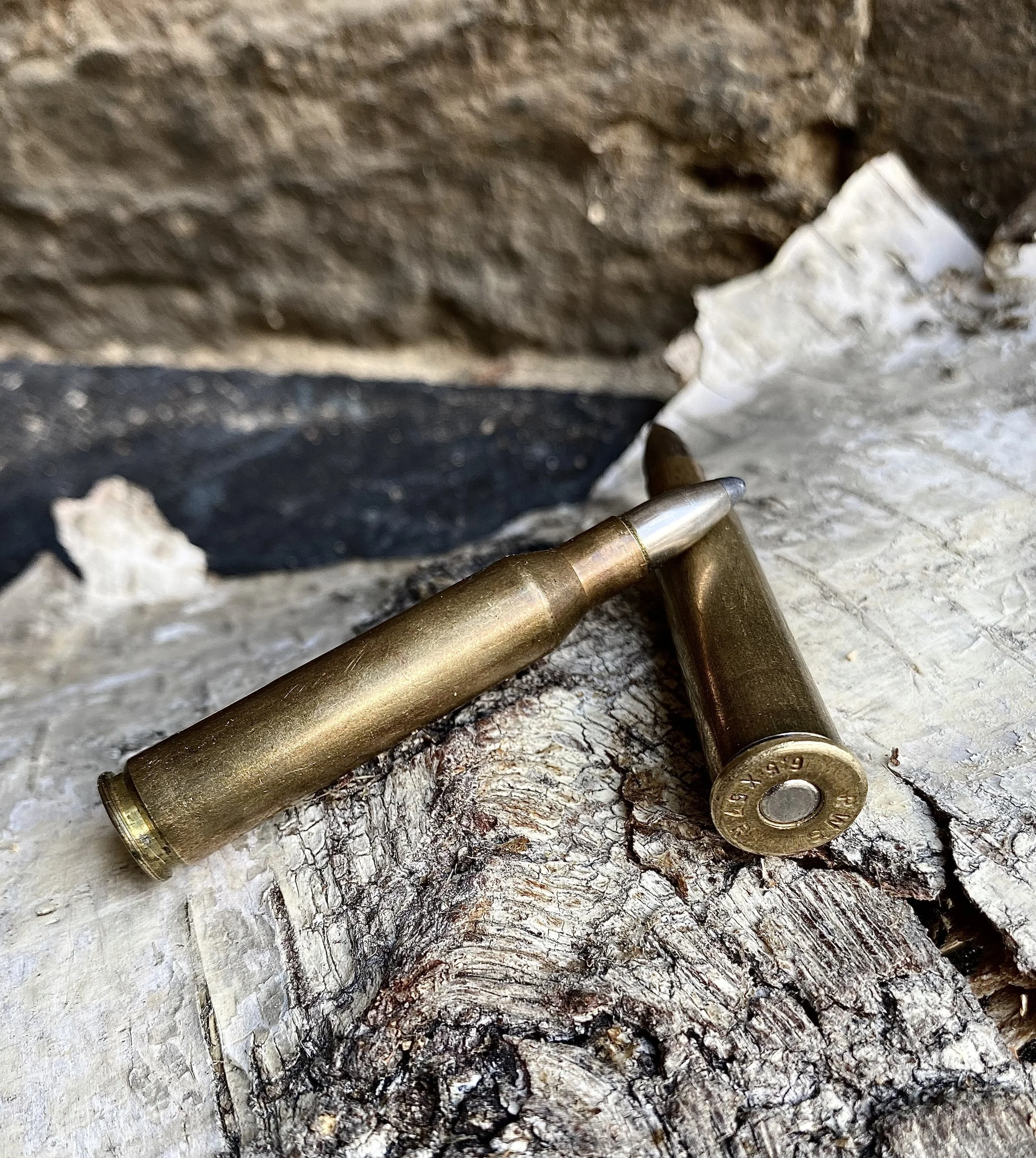Ducks & Geese Aplenty in B.C.
Duck and goose populations are at their highest in more than 30 years. Wise hunters are going to take advantage of that, as did our group recently in British Columbia. "Geese from the left. Low and left. Wait for my command." Chad Westbrook of Wing & Trout Outfitters spoke calmly from his Final Approach layout blind in the wheat stubble. A dozen Canada geese loomed dark and promising against dawn's pink light, winging closer. "Six more in front, right in front," Scott Grange said eagerly. "They'll get here first." "Not if this big flock keeps dropping in from the north," John Taranto said. It was an embarrassment of riches. Winged riches. Free-range, organic goose on the hoof, products of undisturbed wetlands, protective grasslands and boreal woodlands augmented by the fuel of alfalfa and grain fields scattered about the valleys and hills surrounding Vanderhoof, B.C., the geographical center of this province. "Right in front," our guide said, and then concluded his commentary with the two electrifying words duck and goose hunters love most: "Take 'em!" Thereafter, as they say, it rained geese. Not to put too fine a point on it (bragging,) but the four hunters in our group sent seven lovely, dark-meated geese to the Promised Land. That's not perfect shooting, given that each man fired three Winchester Blind Side shells, but in the confusion of a flock, with too many greedy eyes locking onto the same, easy targets, multiple hits happen. Exciting as that decoying and shooting was, what followed was even better. Additional flocks, repeatedly flying low, nearly landing in our decoys, a cornucopia of geese from which we plucked 38 by mid-morning. Hunting pressure is so low and goose numbers so high in the Vanderhoof area that the daily dark goose limit was raised from 5 to 10 birds this season. A good shooter can feed a family of four in short order -- for weeks on end.Outfitter Westbrook's operation is special for several reasons, starting with farm fields. Aspens and conifers historically blanketed the area, but pioneering farmers began clearing them roughly 100 years ago. Now thousands of acres spread a cornucopia of high energy forage to tempt migrating birds from the sky. This is the first grain depot for birds migrating down from Arctic and boreal nesting haunt, and they attack it with gusto. Area lakes and a refuge on the Nechako river add secure water roosting sites. Because the hunting season opens early here, birds are uneducated and gullible, too. Throw in Westbrook's experience in finding active feeding fields, setting decoy spreads and hiding layout blinds and you've got the fixings for an epic waterfowl hunt. Mallards and pintails join the geese in many fields, adding the potential for an 8-duck per day limit. We were testing not only Blind Side shells with their unique, hex-shot and diamond-cut wads, but also Browning Maxus and A5 autoloading 12 gauge guns. All proved smooth-shooting and flawless, but the A5 seemed to fit me best. Either that or I was more "on my game" the morning I used it, but I think it was the gun's fit. I used a pre-production A5 on a SD pheasant hunt last year and had the same results -- better shooting than I usually enjoy. I'd grab an A5 for any scattergun hunting. Recoil was a bit stouter than that from the heavier Maxus, but not even the big, 3-inch 1 3/8-ounce Blind Side loads were uncomfortable to ignite. As for those shells, they made me think we were back in the 1970s shooting lead shot. I think the hype is justified. The combination of more pellets (thanks to efficient stacking,) the Diamond Cut wad that holds the shot charge farther downrange, and possibly increased trauma from the flat-sided pellets results in cleaner kills at longer ranges that traditional steel shot loads yield. Our crew was knocking down birds solidly as far as 60 yards. Blind Side is the real deal. Waterfowlers used to crowded waters, spooky birds and a shortage of hunting grounds in the U.S. are increasingly eyeing Canada as a reasonable alternative. Smartly so. Gas money and time are the only two impediments, and a team of four sharing expenses and driving can manage those. From Boise I can reach Vanderhoof in two days of solo driving with an overnight stay. Midwest hunters can similarly punch deep into Manitoba or Saskatchewan. Most seasons begin in early September when ducks aren't yet wearing their spectacular winter plumage, but they are young, fat and tender. Unfortunately, there is a black cloud looming over our beloved waterfowl. Massive losses of native grasslands and CRP grass fields in the famous Prairie Pothole region of the U.S. threaten major declines in native waterfowl. Government mandated use of corn for ethanol production has encouraged farmers to plow up grasslands essential to duck nesting. CRP fields are being churned under as fast as a 4-wheel drive tractor can drag a plow over them. Food demand from exploding human populations in Asia ensure the need for continuing grain production. Hunters valiantly fought the destruction of wetlands and waterfowl after the Dirty 30s, but the millions of acres we bought or created are but a tiny part of what needs to be saved. Will we rise to an adequate defense this time around? Duck Stamp sales need to increase. DU donations need to increase. Gun and ammo makers need to continue large grants to waterfowl habitat improvements. All of this requires continuing interest and spending from hunters. Trust me, golfers, electronic gamers and anti-hunters aren't going to be agitating for the protection of wetlands and waterfowl. For now, for this season, duck numbers are near record highs. The accelerating loss of wetlands and grasslands will kill off millions in the next few years, so we might as well enjoy the surplus while we can. Northern Canada is the perfect place to do this. # # #














